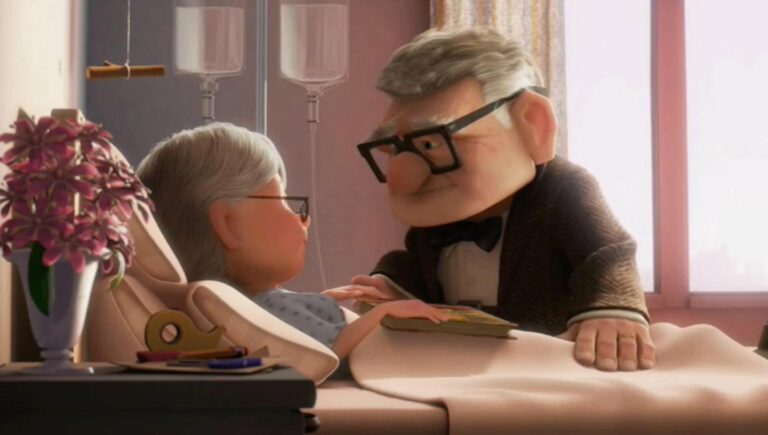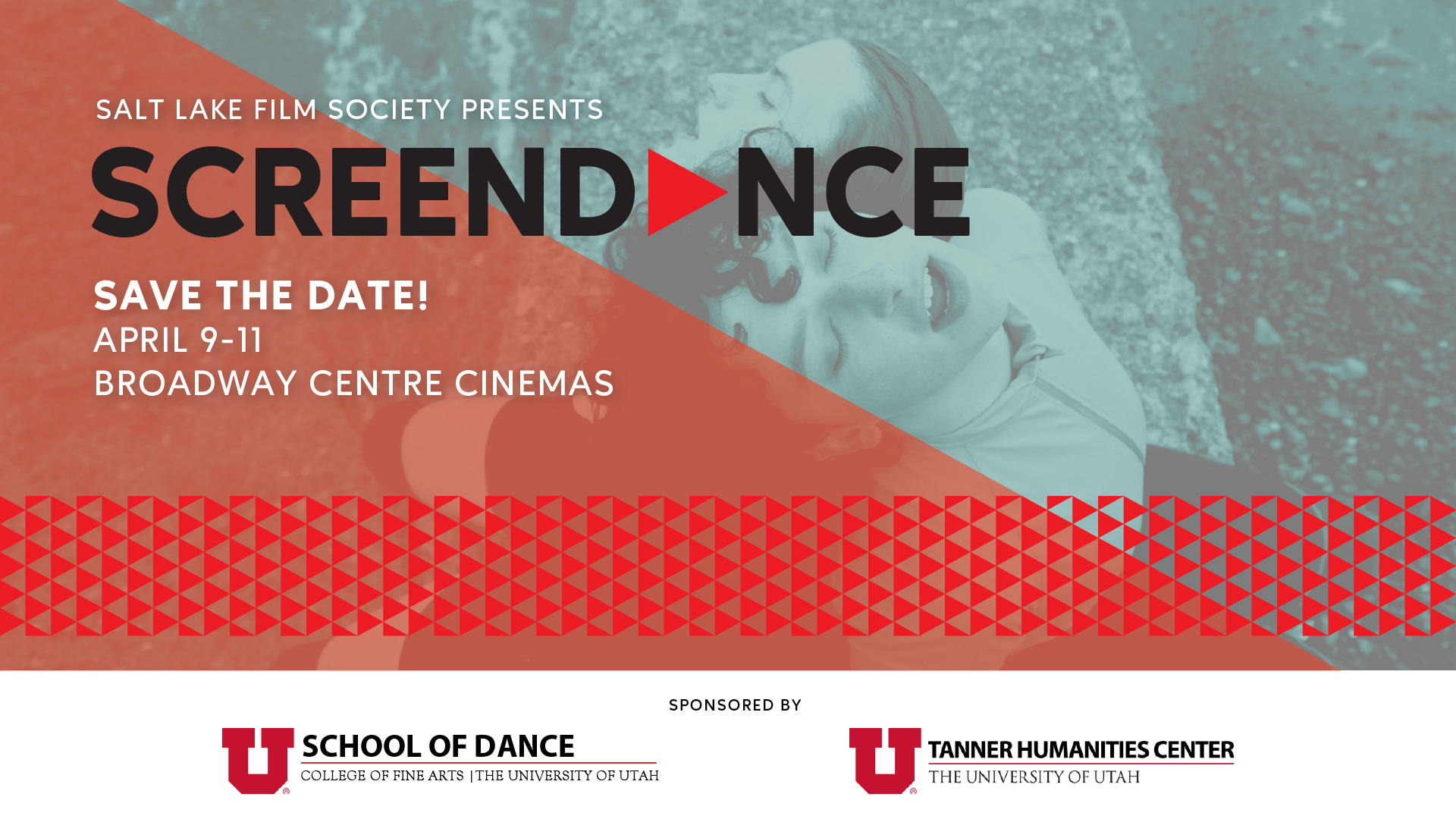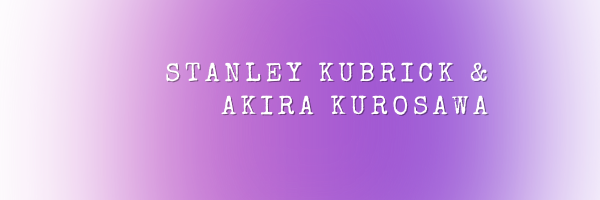Written by
Jesse Sindelar
While some folks might not readily admit to it, many of us have cried while watching a movie. These could be tears of sadness for the looming passing of the family dog in Marley and Me, or of exultation during scenes of joyous reunion and relief at the end of It’s a Wonderful Life. For many people, (cinephiles and non-cinephiles alike), there is at least one movie scene at some point which has overwhelmed them with an acute wave of emotion.
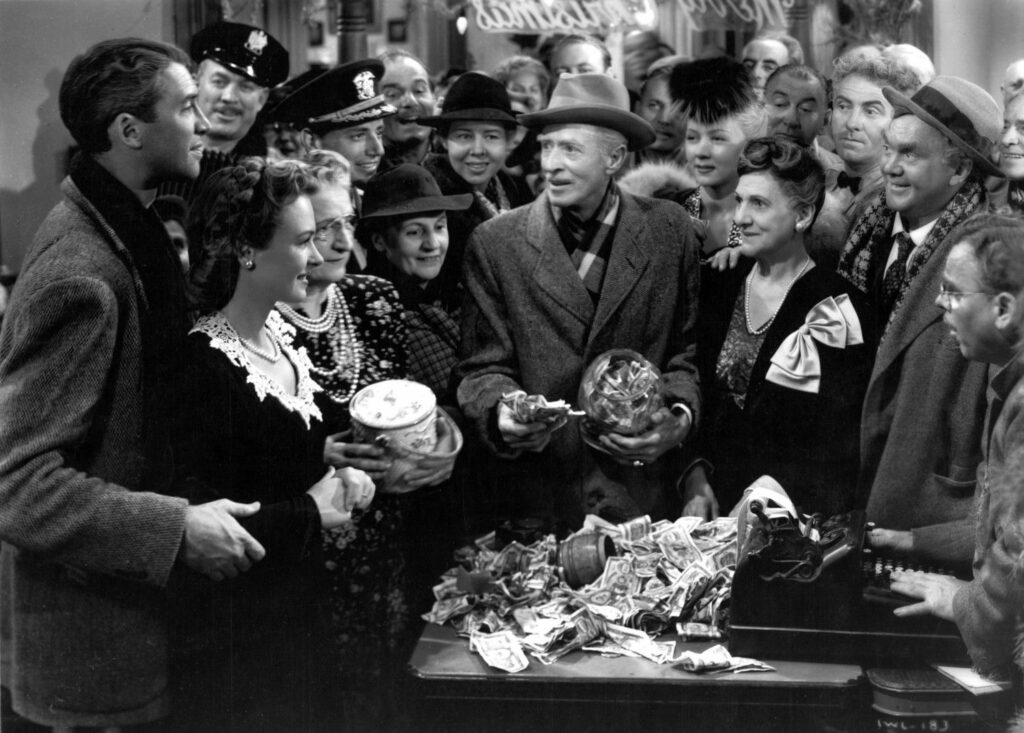
The stories that film tells and the immersive way it tells them have always had a capacity to foster our sympathetic and empathetic tendencies, help us grow emotionally, and connect more with others. Whether you watch a documentary about human suffering thousands of miles away or a narrative that reveals the less than evident truths about your own life, watching a film can be emotional, and that is a good thing. How does film do this and what exactly about the art of film makes us feel the emotions we do when we watch?
This powerful quality of film sits at the heart of why we love it here at SLFS, and why we are committed to providing access to independent film to our community. We are proud to show a wide variety of independent films that help our patrons not just think, but also feel. The more we can understand and discuss this emotive-inducing power of film, the better all of us in our community can be at engaging with the diverse and thought-provoking benefits of cinema.
Independent Film = Your Brain On Empathy
Emotions are a vital aspect of the storytelling ability that a movie has. Emotions are also vital characteristics of the larger human experience; they are a fundamental part of what makes us sentient, complex creatures. In the modern age of scientific research and medical technology, emotions can be more precisely defined and measured through brain scans of our neural networks and what we know about the different chemicals that our brains release to cause emotional states. And as it turns out, movies are more than capable of inducing and effecting these states.
Humans are naturally empathetic beings; when we see or hear something sad, we are likely to feel sad. When we watch a story on the big screen, we automatically generate some investment in the characters. The way we absorb their depicted plights and decisions often invests us in an emotional cinematic reality, even if we are not directly experiencing the situations in question.
There are countless studies that demonstrate a link between storytelling and empathy, but it also doesn’t take a scientific study to know that movies offer one of the more effective forms of storytelling in human history. In fact, film is so effective at inducing empathy and emotion in people, it is used by researchers as a method to actually induce emotions in subjects, in order to study the brain simultaneously as they feel them.
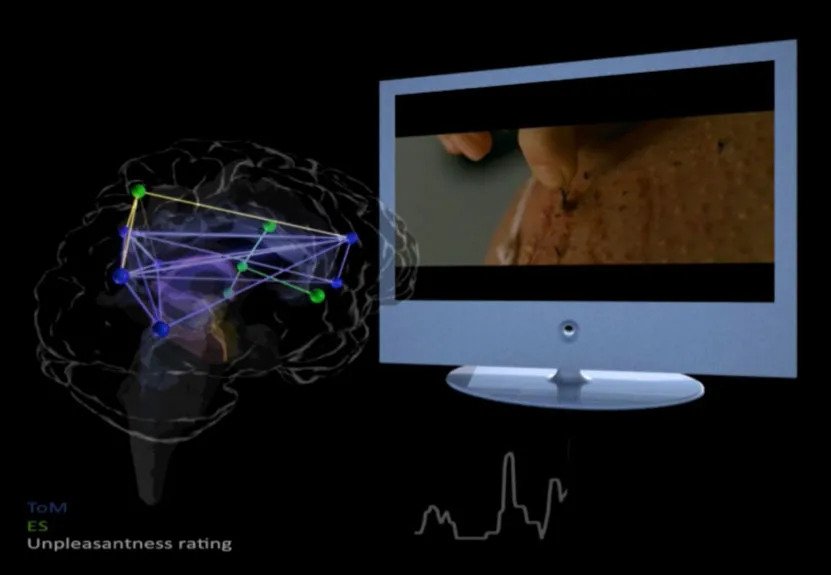
For neuroscience researchers like Talma Hendler at Tel Aviv University in Israel, movies offer a useful tool to study how emotions fluctuate in real time and what’s going on in the brain when we feel certain ways. Hendler and her team have been investigating neural networks in the brain and their role in empathy, and have found evidence for two types of empathy. Mental empathy, when people step outside of themselves to think about what another person is thinking or experiencing, and embodied empathy, more of an in-the-moment internalization and adoption of an experience and its emotions.
It’s hard to say which type of empathy an audience member might be feeling during a specific scene, whether they are understanding the rationale and perspective of a character’s feelings, or more acutely feeling the character’s feelings themselves. But one thing is for sure; the empathetic storytelling that film is capable of can play with our emotions like few other forms of media can.
Playing With the Audiences Emotions
As much as there is to understand about the science of why film makes us feel emotion, what about the techniques behind filmmaking itself? How do filmmakers shape their narrative and use all the storytelling tools at their disposal to make us feel?
When filmmakers are crafting shots and dialogue, and considering how to tell the story of the scene, while they might not be contemplating the science of neural networks or the difference between mental and embodied empathy, their attention towards the emotions of their audience is quite purposeful.
“We’re always thinking about how to get into an emotional state, moment by moment, and how to bring as much of the audience along with us,” said Darren Aronofsky, acclaimed director of psychological dramas like Black Swan, Mother!, and The Wrestler in a Wired 2014 interview. It could be through stunning visual perspectives of proper cinematography, swelling crescendos of an orchestral soundtrack, or a well-written line acted and delivered to perfection; filmmakers craft their scenes and visual storylines with concentrated intent of making their audience feel.
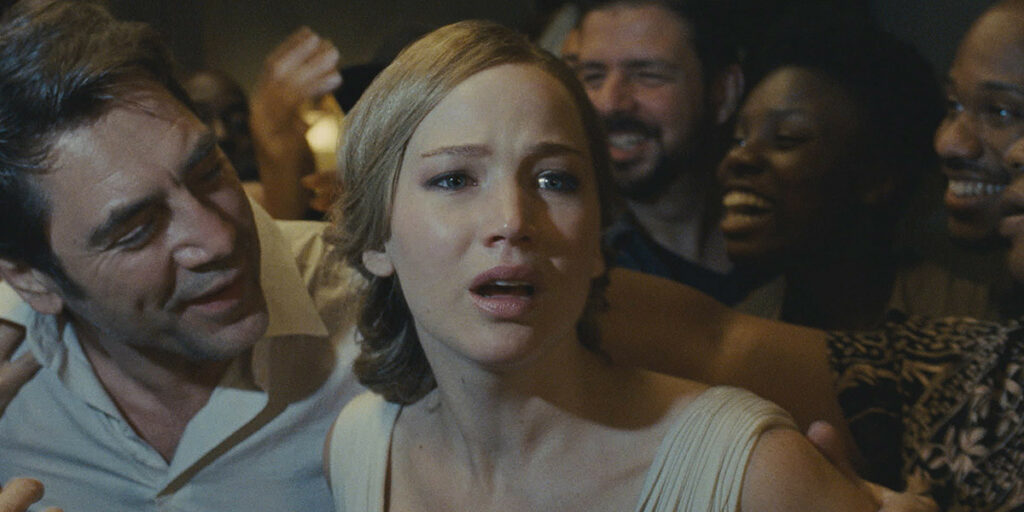
As much as the artistry of a film and its filmmaker plays a big role in this, there are also other psychological aspects of film that naturally contribute to the keen emotions that many moviegoers feel when they watch on the big screen. According to professor of psychology at Washington University, Jefferey Zachs, mimicry and music play vital roles in the emotions that film can make us feel.
“[Our brains] say that it’s a good idea to mimic the visual input that we’re seeing…if you watch somebody in the theater and there’s a smiling face filling the screen, most of the audience is going to pop a little bit of a smile…In film, a filmmaker has the opportunity to integrate those things very tightly. They can control exactly what’s shown of the face, and what else is present [on the screen].”
In regards to music in film, Zachs says the type and the timing also play a big role in inducing emotion. Sad moments in movies use slow music composed in a minor key to hammer home the sad things they depict. Minor key music can induce the same kind of sad feelings that we feel when we see people cry or watch bad things happen to people. “You put all those things together and it’s just taking the mechanisms that we encounter in real life and just really pushing all the buttons at once.” Zachs concluded.
Independent Films in Salt Lake City – SLFS
At Salt Lake Film Society, the emotional power of visual storytelling is at the heart of the impact we make in our community. Whether it’s anecdotal or based in scientific research, there is consistently reaffirmed evidence that a compelling visual narrative can alter our brain’s chemistry. Films can make us feel, in a way that is strangely close to how we might feel if we were actually living these emotional experiences ourselves.
This invaluable form of sharing an emotional connection with others reinforces the unique and underrepresented voices inherent in our independent film programming. This pairing helps cultivate an introspective and compassionate arts experience for the entire community, a process that SLFS has proudly been a part of for over 21 years. So come join us for an independent film at Salt Lake Film Society, and maybe you too can be a part of an emotional experience bigger than yourself.
